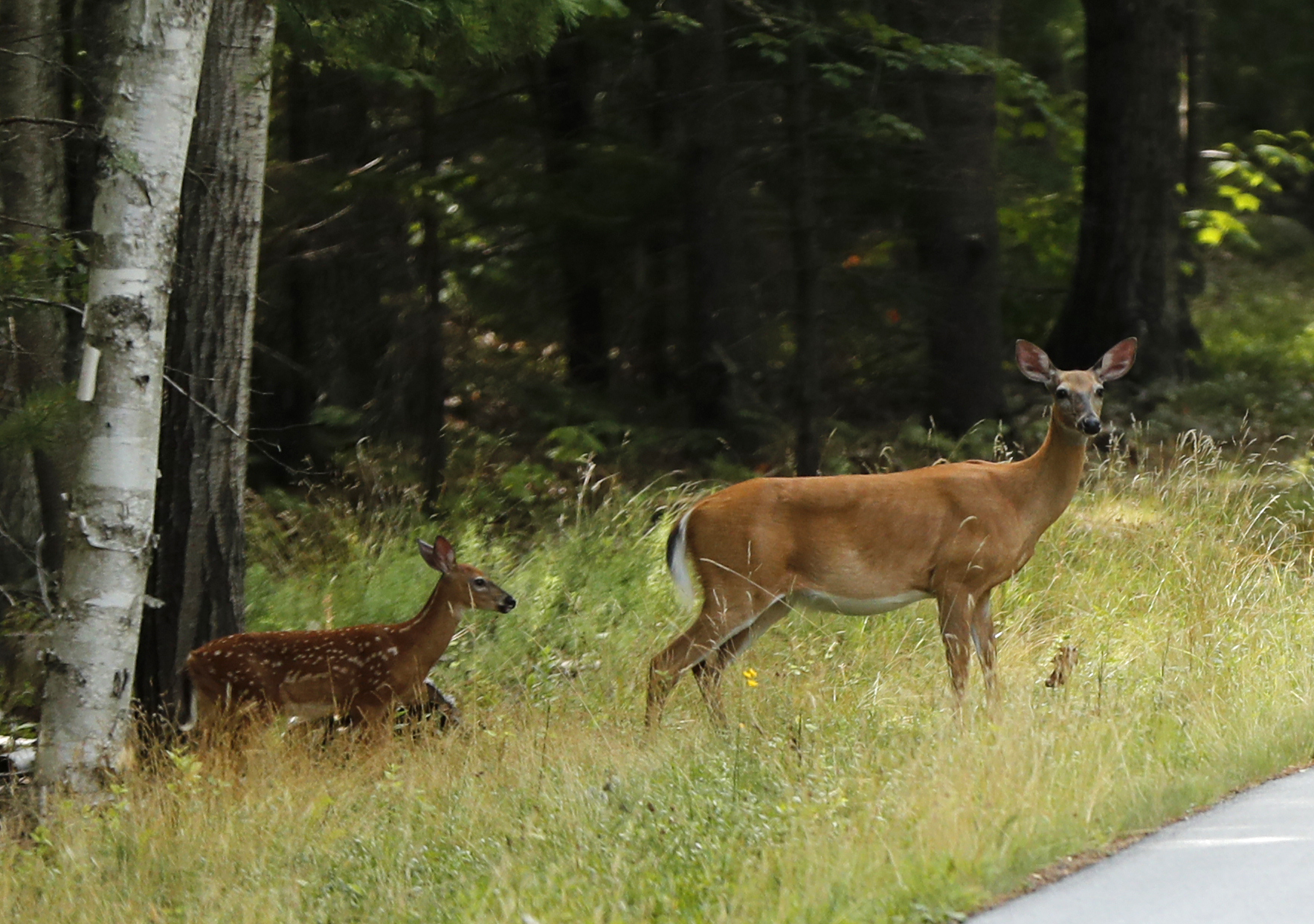It’s Christmas Eve, which means we hunters have a week to get the last deer of the season in West Virginia. Maybe you have an unspent tag waiting to be filled, but you don’t have room for another deer in your freezer. This can be a conundrum – something that eats at you as you go to bed or see your friends post their late-season harvests on social media.
Recently, the West Virginia Division of Natural Resources reminded us of the Hunters Helping the Hungry Program that provides families in need with much-needed meat. The program is in its 29th year in West Virginia and has provided over 1 million pounds of meat from over 27,000 deer.
And it’s completely hands-off, aside from killing and gutting the animal. Once a hunter does that, they take the deer to a participating meat processor who then grinds and packages the meat. The meat then goes to the Mountaineer Food Bank in Gassaway and Facing Hunger Foodbank in Huntington which then distribute the venison to 600 food pantries, soup kitchens, senior centers, shelters, community centers, churches and more. We have three processors in Region 1: Art’s Commercial and Custom Meat Packing in Tunnelton, D&K Custom Cutting Flemington and B & L Beef in Belington. To see the full list of processors with phone numbers, go to http://wvdnr.gov/hunting/documents/2020%20HHH%20Processors.pdf.
Last year, 18 processors helped provide 23,386 pounds of venison.
Hunters can also kill two birds with one stone, so to say, in the final week of the year. The final antlerless gun season opens on Dec. 28-31, which provides hunters with one more chance to decrease the doe herd – a major problem in our state. We have seen a downward trend in doe kills in recent years which has led to an overabundance of them and further strains the buck population. In 2019, the doe kill decreased by 13% and was 21% below the five-year average.
If anything will get the need to harvest more doe through the heads of stubborn hunters if you kill more then bucks will be positively be affected. First, it’s best to start with something we all care about: the rut. With high doe densities, bucks don’t breed in short frenzies but rather breed them over a few weeks period. But that just scrapes the surface of the problem. More deer means less food to go around, which can lead to certain trees that deer thrive on, like oak, not regenerating at the same pace as species like beech, as well as the understory being overgrazed leading to less cover for certain animals. And, it’s easy to point to impacts it has on us, like more vehicular collisions with deer and more crop and landscape damage.
Don’t just take it from me, this is from the WVDNR: “White-tailed deer herds were once subject to predation from large predators such as the Eastern Timber Wolf and the Eastern Cougar; however, these predators no longer control deer herds in the east. In fact, the deer herd will increase 30 to 40 percent per year when protected and under good habitat conditions. …Even though regulated antlerless harvests have repeatedly proven successful in maintaining white-tailed deer populations and their habitats, resistance to doe hunting remains rooted in the minds of many landowners and hunters who lived through the sparse deer populations of the early half of the 1900s. When a surplus buck is not harvested, that buck will remain as an individual in the population until it is removed; however, when a doe is not harvested, each surplus doe increases the population by a multiple of the reproductive rate during subsequent seasons and the population continues to expand. One can readily see that buck hunters do not reduce deer populations.”
We can also point to the spread of Chronic Wasting Disease as a reason to bring our deer herd numbers down. CWD is spread among cervids through prions, or proteins, through feces, saliva, blood or urine by direct or indirect contact, and is always fatal if given time to progress. It’s also hard to determine – a deer can be infected with CWD and not show signs for years. Still, research is relatively infantile and has yet to be proven to jump to humans. It has proven to jump to non-human primates, though, who have eaten CWD-positive meat. While it seems CWD can jump to deer relatively easily, cutting down the amount of deer will obviously help slow the spread.
In conclusion, killing more does not only feeds needy families in the state but can also benefit the herd as a whole. So if you’ve got an unused tag burning a hole in your pocket, consider harvesting some more doe and donating them to your local processor.
TWEET @andrewspellman_




